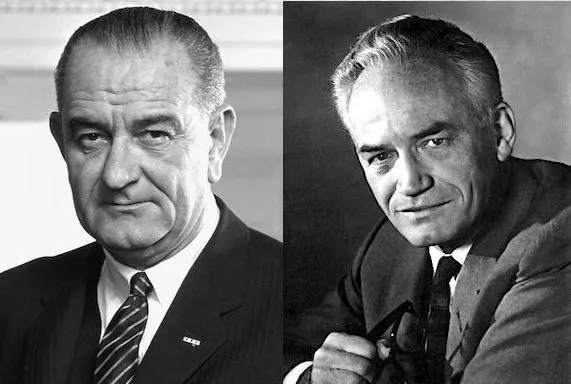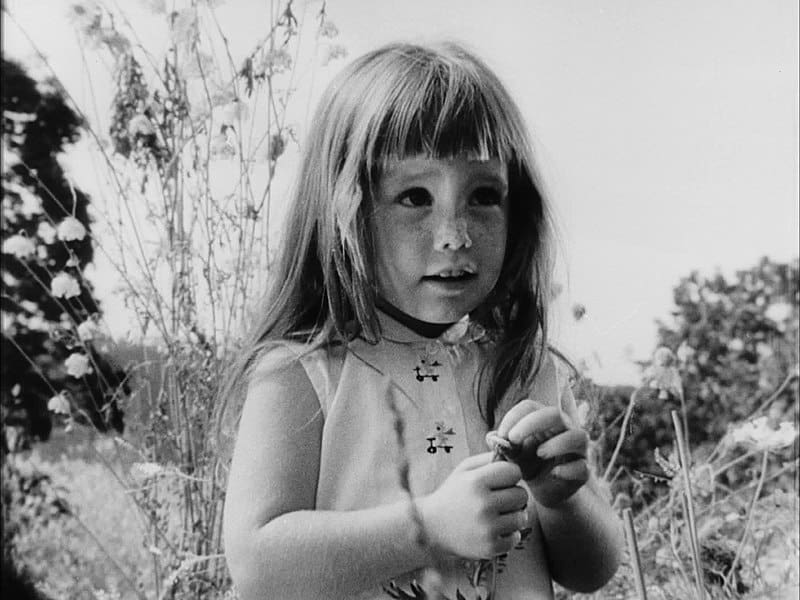In the annals of American political history, few advertisements have had as profound an impact as the 1964 “Daisy” ad. Aired only once, this television commercial for President Lyndon B. Johnson’s re-election campaign left an indelible mark on the landscape of political advertising. The “Daisy” ad’s blend of innocence and fear, coupled with its powerful message, helped shape the outcome of the 1964 election and set a new standard for political advertising. Let’s delve into the “Daisy” ad’s story, creation, impact, and lasting legacy.
The Political Climate of 1964
The early 1960s were a turbulent time in American politics. The country was grappling with civil rights issues, the escalating Cold War, and the recent assassination of President John F. Kennedy. Lyndon B. Johnson, who had assumed the presidency after Kennedy’s death, was running for a full term in the 1964 election. His opponent, Senator Barry Goldwater of Arizona, was a staunch conservative known for his hardline stance on communism and willingness to use nuclear weapons if necessary.

Goldwater’s rhetoric on nuclear weapons alarmed many Americans. In contrast, Johnson sought to position himself as the candidate of peace and stability. The stage was set for a campaign that would address the fears and hopes of a nation on edge.
The Creation of the “Daisy” Ad
The “Daisy” ad was conceived by the advertising firm Doyle Dane Bernbach (DDB), a pioneer in creative and innovative advertising. The team at DDB, including copywriter Tony Schwartz and art director Sid Myers, sought to craft a message that would starkly highlight the dangers of nuclear war and underscore Johnson’s message of peace.
The ad opens with a little girl, Monique Corzilius, standing in a field, picking petals off a daisy and counting them incorrectly. As she counts, her innocent voice is replaced by a male voice counting down from ten, as if launching a missile. The screen zooms in on the girl’s eye, and a nuclear explosion fills the screen, followed by a voiceover from President Johnson: “These are the stakes—to make a world in which all of God’s children can live, or to go into the dark. We must either love each other, or we must die.”
The screen then displays text urging viewers to vote for President Johnson on November 3rd, 1964. The ad’s message was clear: a vote for Johnson was a vote for peace and survival, while a vote for Goldwater was a vote for potential nuclear catastrophe.
The Impact of the “Daisy” Ad
The “Daisy” ad aired on September 7, 1964, during a segment of NBC’s “Monday Night at the Movies.” Despite being broadcast only once, it caused an immediate sensation. The stark imagery and powerful message resonated deeply with viewers, generating significant media coverage and discussion.
Critics accused the Johnson campaign of fear-mongering and playing on the public’s fears of nuclear war. Goldwater and his supporters condemned the ad as unfair and misleading. However, the ad’s effectiveness was undeniable. It highlighted the stark contrast between Johnson’s message of peace and Goldwater’s aggressive stance on nuclear weapons.

The Aftermath: Johnson’s Landslide Victory
The “Daisy” ad played a crucial role in shaping the narrative of the 1964 election. Johnson’s campaign continued emphasizing themes of peace and stability, while Goldwater struggled to shake off the perception of being a reckless warmonger. On November 3rd, 1964, Johnson won a landslide victory, securing 61% of the popular vote and 486 electoral votes to Goldwater’s 52.

While it would be an oversimplification to attribute Johnson’s victory solely to the “Daisy” ad, it undoubtedly contributed to his campaign’s success by effectively framing the stakes of the election in terms that resonated with voters’ deepest fears.
The Legacy of the “Daisy” Ad
The “Daisy” ad’s influence extends far beyond the 1964 election. It marked a turning point in political advertising, demonstrating the power of television as a medium for shaping public opinion and the effectiveness of emotional appeals in political messaging. The ad’s innovative use of imagery and sound set a new standard for political advertising, influencing campaign strategies for decades to come.
In the years following the “Daisy” ad, political campaigns increasingly turned to television and emotional appeals to sway voters. The ad’s success underscored the importance of capturing the public’s attention and eliciting an emotional response, lessons that continue to shape political advertising today.
Little-Known Facts About the “Daisy” Ad
- The Little Girl: Monique Corzilius, the girl who starred in the ad, had no idea she was part of such a historic commercial. Her simple, innocent performance became iconic, forever linking her to this pivotal moment in political advertising history.
- One-Time Wonder: Despite its enormous impact, the “Daisy” ad aired only once on television. Its powerful message was amplified by news coverage and word of mouth, demonstrating the ad’s effectiveness and the power of media buzz.
- Creative Minds: The ad was the brainchild of Tony Schwartz, a sound engineer and media theorist known for his expertise in media psychology. Schwartz’s understanding of how sound and imagery could evoke emotional responses was key to its success.
- Cultural Legacy: The “Daisy” ad has been referenced and parodied in various forms of media over the years, cementing its place in American pop culture. It remains a touchstone for discussions about political advertising and the use of fear in media.
- Historical Context: The ad tapped into the very real fears of the time. In 1964, the Cuban Missile Crisis was a recent memory, and the threat of nuclear war loomed large in the public consciousness. The ad’s message resonated deeply because it addressed a genuine and pervasive anxiety.

